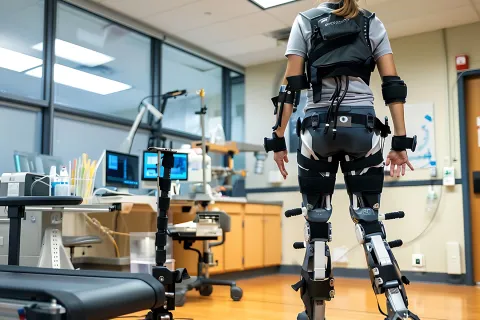Artificial Intelligence (AI) is paving the way for innovative medicinal products and advanced medical devices. It is gradually headed towards decreasing repetitions in clinical trials, increasing the accuracy in drug designing processes and disease identification, personalization of patient diagnosis etc. But unless the Regulatory constraints are eliminated, the AI will fall short of reaching its full potential in Life Sciences. We have discussed about roadblocks and uses of AI in our recent blog.
Weighing the challenges discussed in the previous blog and possible applications, and by comparing the progress of other industries, the health authorities (HAs) are realizing the benefits of encouraging novel approaches derived from deploying the AI. Similarly, the industry has identified three significant factors that are driving the need for AI in Life Sciences.
- The lag created by legacy Regulatory frameworks for devices and medicinal products
- The data and connectivity resulting from smart devices which can be used for advancing medical therapies
- Patients are seeking at-home convenience for medical care
Basing on these factors, the industry has requested the HAs to modify existing Regulatory perspectives with respect to AI. In response, the United States Food and Drug Administration (US FDA) exhibited interest to regularize proprietary medical algorithms of AI and Machine Learning (ML) and began approving them from January 2017 as per the provisions available in 21st Century Cures Act.
While there were only two AI algorithm approvals from the FDA for the year 2017, the number rose up to twelve in 2018. Here is a list of AI approvals by the agency in 2017 and 2018 combined. It is evident from the list that most of the approved algorithms were used for image representation such as diabetic retinopathy device for clinical studies, x-ray wrist fracture diagnosis, MRI heart interpretation etc. It reflects on the current state of applications which are limited to image analyses while in fact the possibilities are endless.
So, to further aid manufacturers broaden the spectrum of applications of AI, FDA has initiated a pilot version of Pre-certification program. In a similar move, another program was taken up by the agency to create a new internal data science incubator– Information Exchange and Data Transformation (INFORMED). Both programs are aimed at fostering innovation. The details of the programs are decoded below.
Pre-certification Program:
The pilot of the pre-certification program is referred to as “Pre-Cert 1.0”. The agency is working in collaboration with multiple organizations which are committed to using AI as the next big step for innovation. The program allows added flexibility to companies when attempting to make minor changes to devices without having to make submissions every time a change has been incorporated. Its focus is to establish Regulatory processes for software-as-medical-device (SaMD) which use AI and ML. In addition, the FDA also plans to test De Novo requests under the current version of this program to expedite novel device approvals.
Information Exchange and Data Transformation (INFORMED):
The new technology incubator, INFORMED, will help to conduct Regulatory science research in areas of health technology and advanced analytics related to oncology. It will serve as a tool for the development of new clinical endpoints and examine new approaches for evidence generation from AI/ML. It will also help the FDA integrate data analytics while drafting regulations.
Despite all these efforts, a crucial challenge for the agency is the evolving feature of AI/ML which is not fully acceptable for the agency. This feature results in outcomes that might change with time based on the data analysis. But FDA requires software whose behavior remains consistent. So, the software using the algorithm is expected to behave like a non-AI system which should be the aim of manufacturers. Also, to ensure the safety and efficacy of the algorithm in clinical practice, systematic debugging, audit, extensive simulation, and validation, along with prospective scrutiny must also be conducted. Take advantage of FDA’s pilot programs to innovate and be prepared for market dynamics. Be informed. Be compliant.










